When shopping for a robot vacuum, size and shape often get overlooked. Many people focus on suction power or app features without realizing that the vacuum’s height, width, and design can affect how well it navigates and cleans in real homes.
In this guide, we’ll show you how vacuum robot size and shape impact cleaning performance. You’ll learn what to measure before buying, how different shapes perform in corners, what dock size means for placement, and which models fit your lifestyle. By the end, you’ll know exactly what to expect when choosing your next robot vacuum.

Why Robot Vacuum Size Matters
Ignoring the dimensions of a robot vacuum is like buying a large appliance without measuring your kitchen doorway. It might not work where you need it to. Here’s how each measurement impacts performance:
- Height: Determines whether the robot vacuum can clean under sofas, beds, and cabinets.
- Diameter: Affects maneuverability around chair legs, narrow hallways, and kitchen islands.
- Ground Clearance & Wheel Travel: Impacts how well it climbs thresholds, rugs, and uneven floors.
- Bin/Tank Capacity: Larger robot vacuums often have bigger dustbins or water tanks, reducing how often you need to empty or refill.
- Dock Footprint & Height: Don't forget where the vacuum lives! Important for small apartments or tight hallways where space is limited.
Here’s a quick overview:
|
Size Factor |
Why It Matters |
Example |
|
Height |
Reaches dusty spots under low furniture |
Fits under a 4in (10cm) sofa |
|
Diameter |
Navigates tight spaces more easily |
Maneuvers between dining chairs |
|
Clearance |
Handles rugs and thresholds |
Crosses a 0.8in (2cm) lip |
|
Capacity |
Longer runs without emptying |
Holds more pet hair in multi-pet homes |
|
Dock Size |
Placement flexibility |
Fits in a pantry or corner |
Shape Matters Too: D-Shaped vs. Round Robot Vacuums
Shape isn’t just about looks; it impacts how well the vacuum cleans edges and corners. Here’s what to consider:
- Round Robots: The common, classic design. Excellent at all-direction navigation, avoiding obstacles, and turning in tight spaces. But they can struggle in sharp corners.
- D-shaped Robots: These have a flat edge on one side. The primary benefit is that this flat side allows them to get significantly closer to walls and into room corners. Slightly bulkier, but better at edge and baseboard cleaning.
|
Shape |
Advantages |
Considerations |
|
Round |
Easy maneuverability and compact |
May miss sharp corners |
|
D-shaped |
Strong edge/corner cleaning |
Slightly bulkier, can snag in narrow areas |

What Is a Good Height for a Robot Vacuum?
An ideal height for your vacuum is one that enables it to fit under your furniture. This measurement is crucial. Even a difference of half an inch can determine whether your vacuum cleans under your sofa or keeps skipping it.
- Under 3.94in (100mm): Fits under most sofas, beds, and TV stands. Best for deep dust bunnies.
- 3.94-4.13in (100-105mm): Standard height for many LDS (LiDAR-based) vacuums. Still clears most furniture, but you must measure first.
- Dynamic/Liftable LDS Sensors: Some models lower their sensors during cleaning. Always check the maximum height to be safe.
The Rule of Thumb: Your furniture's clearance should exceed the robot vacuum's height by at least 0.2 inches (5 mm). More is better if your floors are uneven.
Are Small Robot Vacuums Any Good?
Yes, especially for apartments and tight layouts.
- Low profile (≤ 4in / 100mm) means they slip under more furniture.
- Standard diameter (~13.8 in /350 mm) is compact enough for most apartments.
- Quieter modes are useful in shared living spaces.
- Compact docks make placement easier.
But the real test isn’t size alone; it’s navigation and mapping. A “mini” robot vacuum without smart navigation won’t be as effective as a slightly larger model with LiDAR and accurate mapping.
For more on this, see our dedicated blog: Robot Vacuums for Small Spaces and Tight Layouts: Are They Worth It?

Consider Dock Size (And Where It Will Live)
The dock is just as important as the vacuum itself. Many docks today are more than just chargers; they’re cleaning stations that wash, dry, and empty your vacuum automatically. Here’s what to consider:
- Floor Space: Allow 12–20 inches (30–50cm) clear in front of the dock for the vacuum to park accurately.
- Side Clearance: Leave at least 4 inches (10cm) on each side for ventilation and access.
- Overhead Clearance: Remember that lids open upward, and tanks pull out. Make sure there's nothing above the dock.
- Accessibility: Pick a spot where you can easily service the dock weekly (empty the bag, refill water and cleaning solution) without having to move furniture.
- Wi-Fi: Place within strong 2.4 GHz coverage.
The Dreame X40 Master is a great example of a smaller dock design. It fits neatly into apartments where space is limited while still offering advanced features like mop washing and dust collection.

Match Vacuum Robot Size to Your Lifestyle
Your choice should reflect your living situation. Here’s a breakdown:
- Pet Owners: Prioritize a low-profile model to clean under furniture where hair gathers and a large bin capacity to handle the extra debris.
- Families: Look for a model that can handle thresholds between rooms and has a sturdy build to survive toys on the floor. A large water tank for mopping models is also a plus for sticky messes.
- Small Apartments: A compact model with a small dock footprint is key. Excellent navigation is critical to cleaning efficiently in a confined space.
- Homes with Split-Levels or High Thresholds: Ground clearance and powerful wheels are non-negotiable. Check product specifications and reviews to see obstacle-crossing height.
For a deeper dive into how advanced features can elevate your cleaning, read our Dreame X50 Ultra Review.
FAQs
Q: Does vacuum robot size really matter for cleaning performance?
Yes. Size affects clearance, bin capacity, and navigation. A too-tall robot will skip low areas, while a too-small one may have limited battery or suction.
Q: What is the average height of a robot vacuum?
Around 3.9–4.1 inches (100–105 mm).
Q: What’s the best robot vacuum size for small spaces?
Low-profile models under 4 inches (100 mm) with compact docks.
Q: Which vacuum robot size is best for large houses?
Bigger models with stronger suction, larger bins, and advanced docking stations.
Q: How do I know if a robot vacuum will fit under my furniture?
Measure your lowest clearance (like a sofa base) and compare it with the robot’s height. Allow at least 0.2 inches (5 mm) extra.
Q: Should I prioritize shape or size when choosing?
Both matter. Size affects fit and capacity, while shape influences how well the vacuum handles edges and obstacles.

Final Thoughts
When it comes to robot vacuum size, there’s no one-size-fits-all. Measure your furniture, consider your lifestyle, and think about dock placement before choosing. A robot vacuum that fits under your sofa but gets stuck at thresholds won’t serve you well. Similarly, a compact model may be perfect for an apartment but insufficient for a big, busy household.
By taking a few extra minutes to consider size and shape, you’ll buy once and enjoy seamless cleaning for years. Whether you pick a compact Dreame L40s Ultra for a city apartment or a feature-packed Dreame X50 Ultra for a family home, the right fit makes all the difference. And if you’re still exploring your options, our guide on choosing the right robot vacuum is another helpful resource.

















































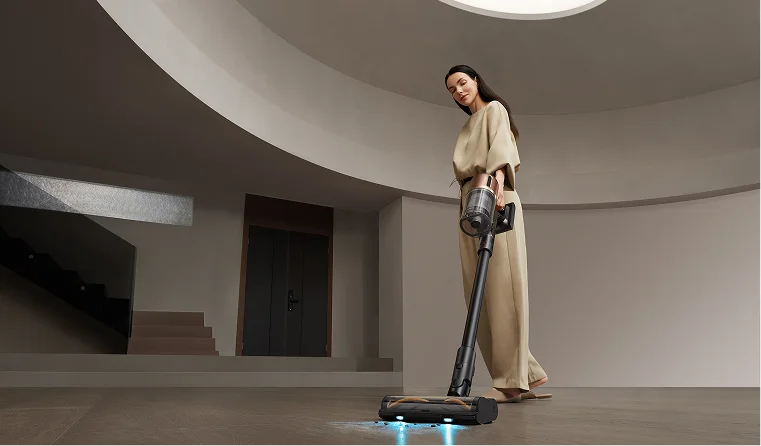
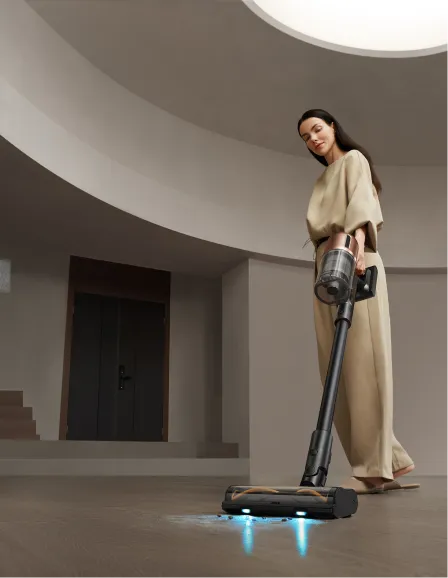
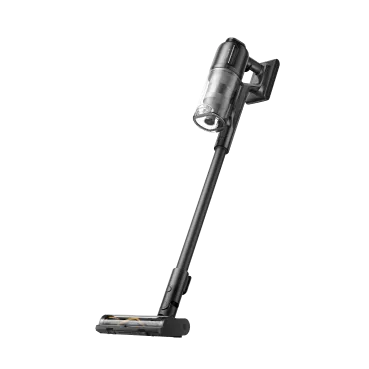
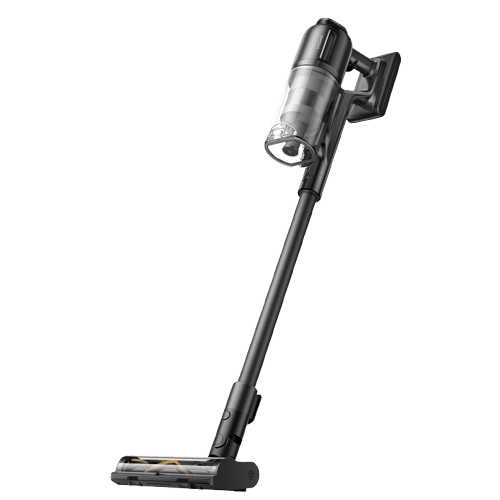
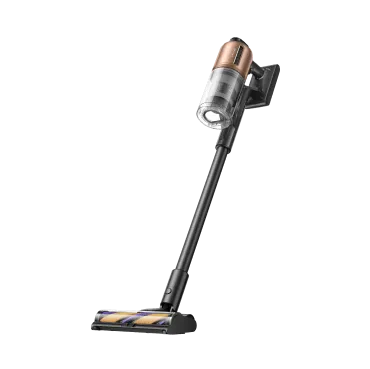
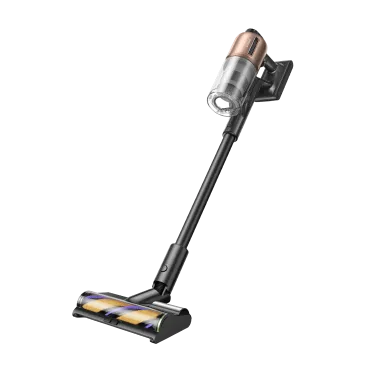
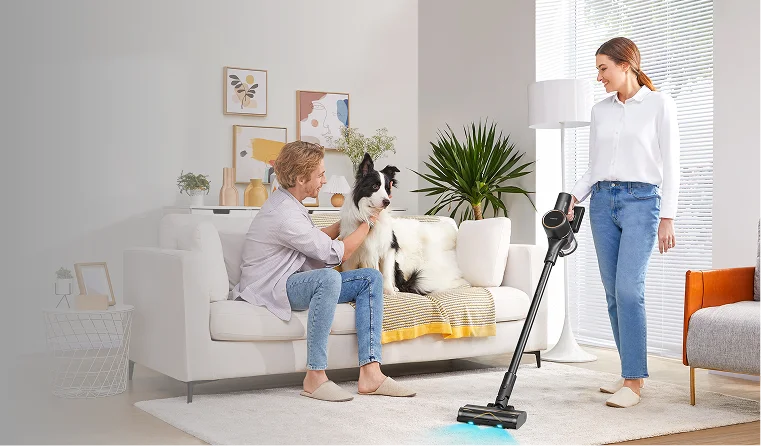
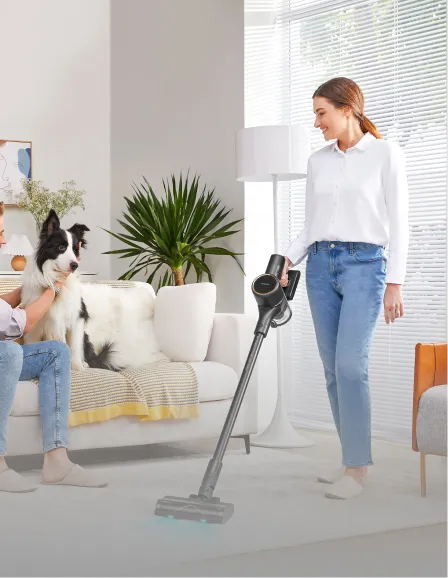
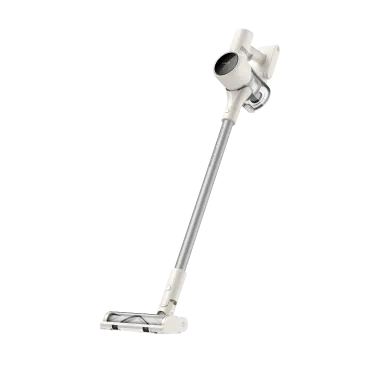
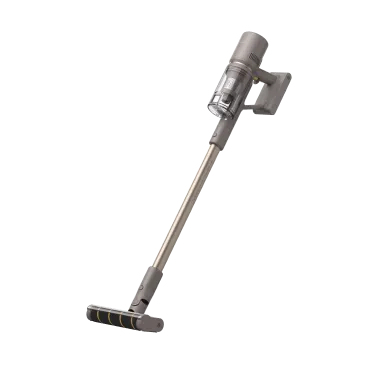
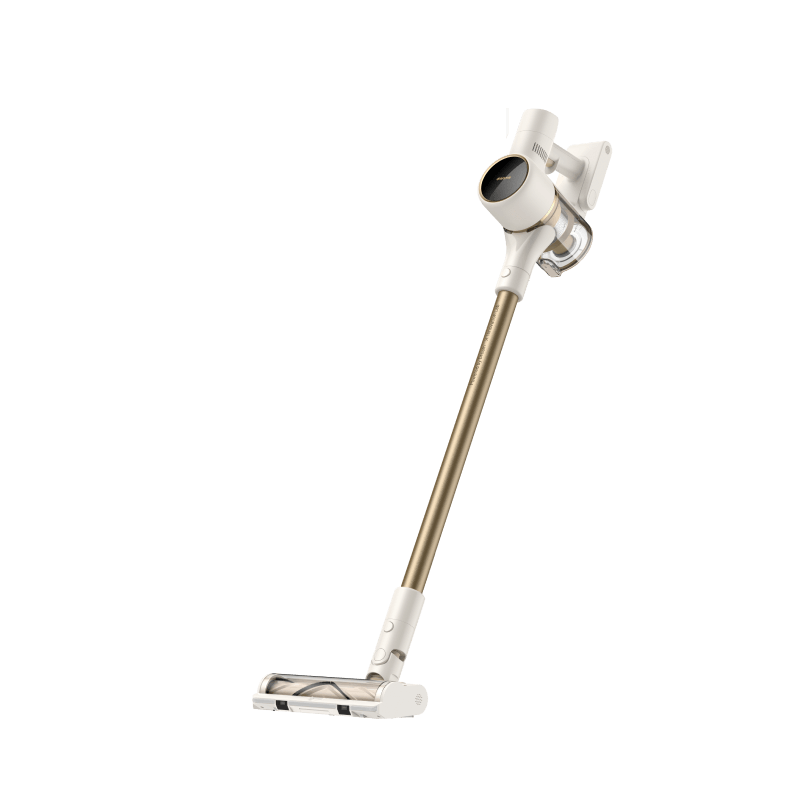
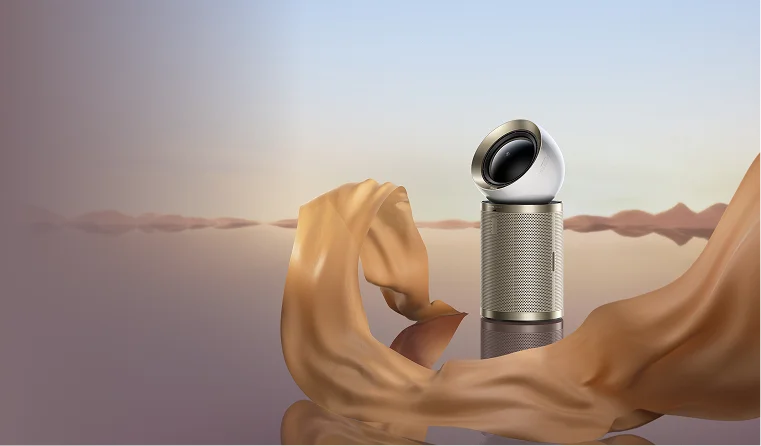
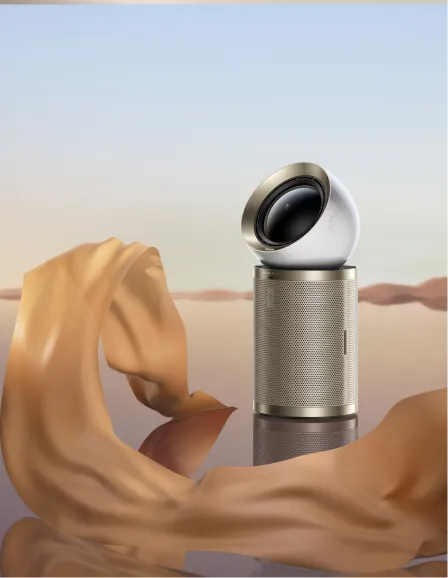

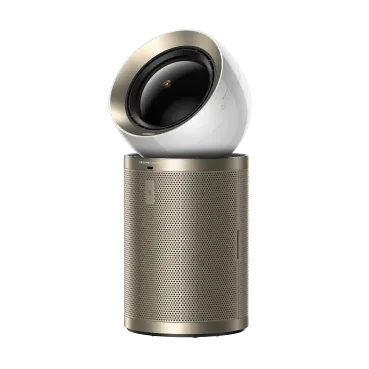
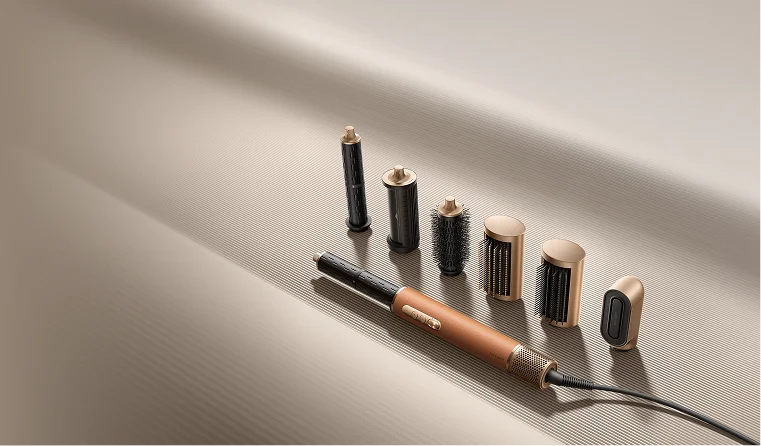
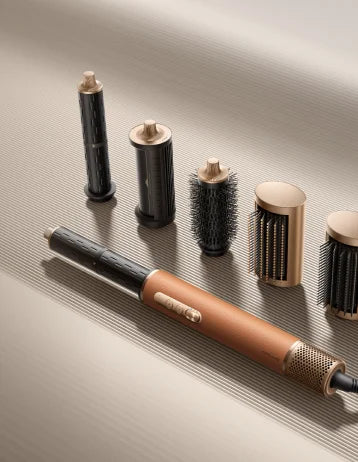
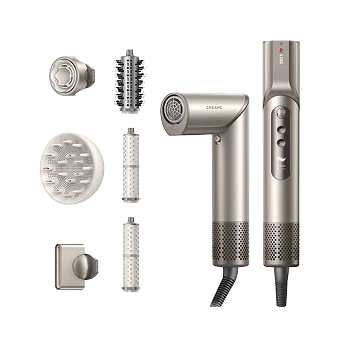
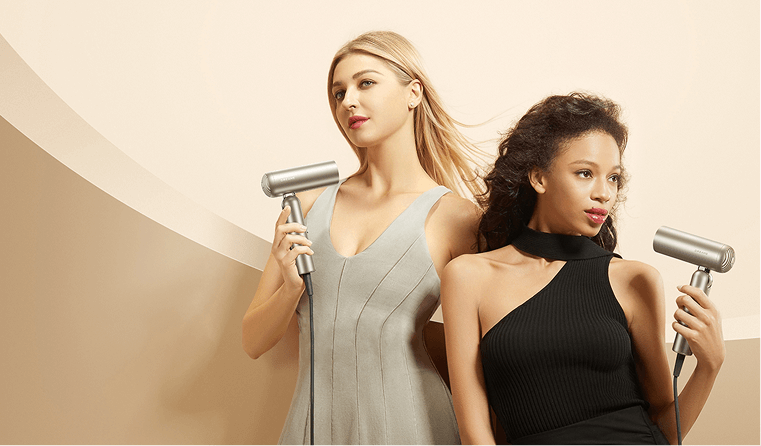

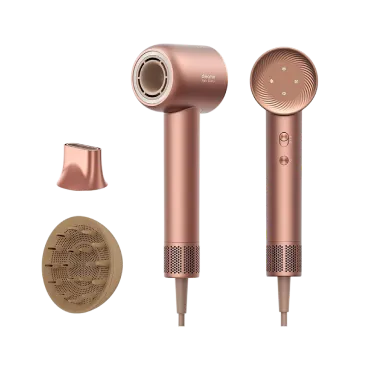
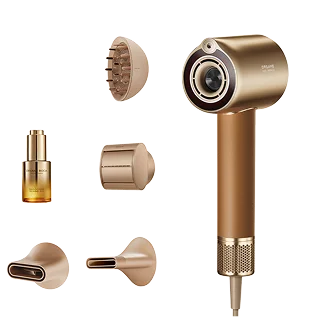
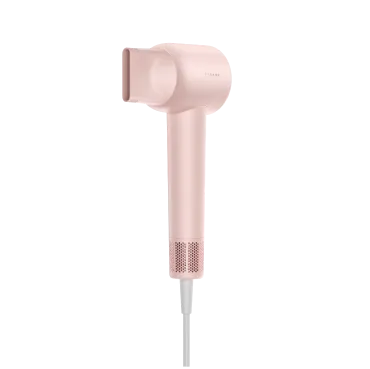


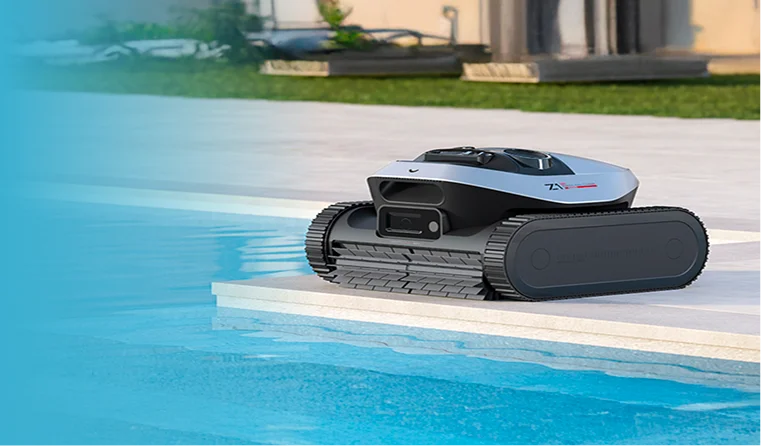
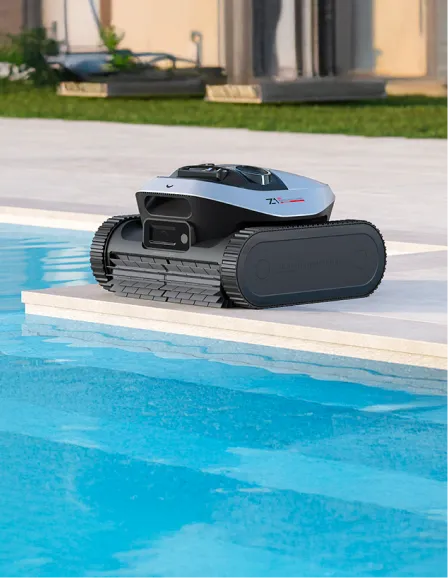
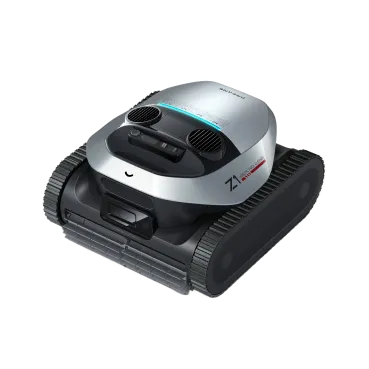
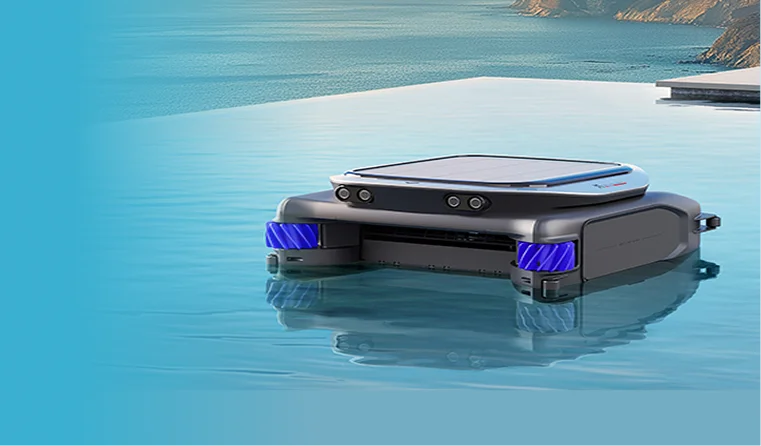
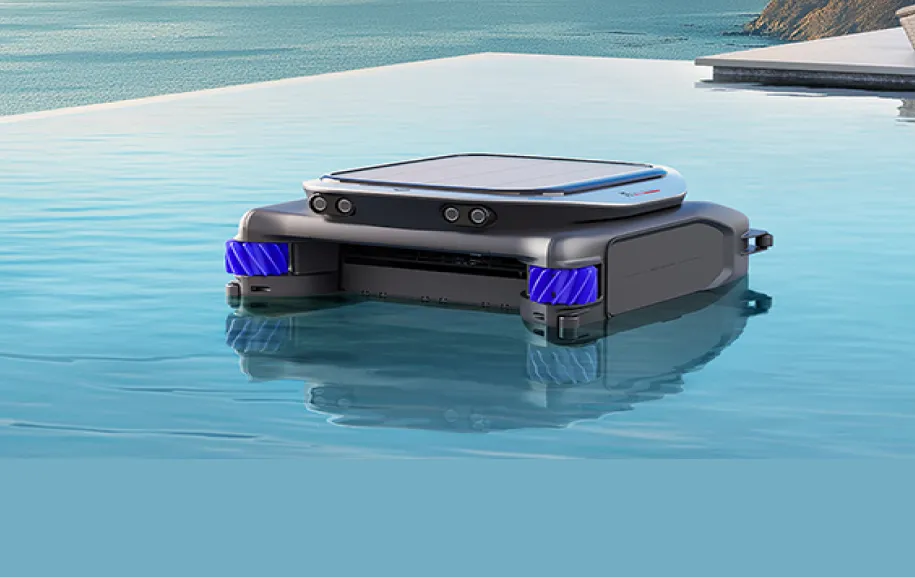










 Australia
Australia 中国大陆
中国大陆 日本
日本


 Türkiye
Türkiye


 Italia
Italia
 Netherlands
Netherlands Belgium
Belgium
 Greece
Greece Polska
Polska
 Norway
Norway
 Sweden
Sweden
 Finland
Finland
 Denmark
Denmark
 Hungary
Hungary Czechia
Czechia
 Slovenia
Slovenia
 Croatia
Croatia
 Switzerland
Switzerland United Kingdom
United Kingdom
 Canada
Canada

